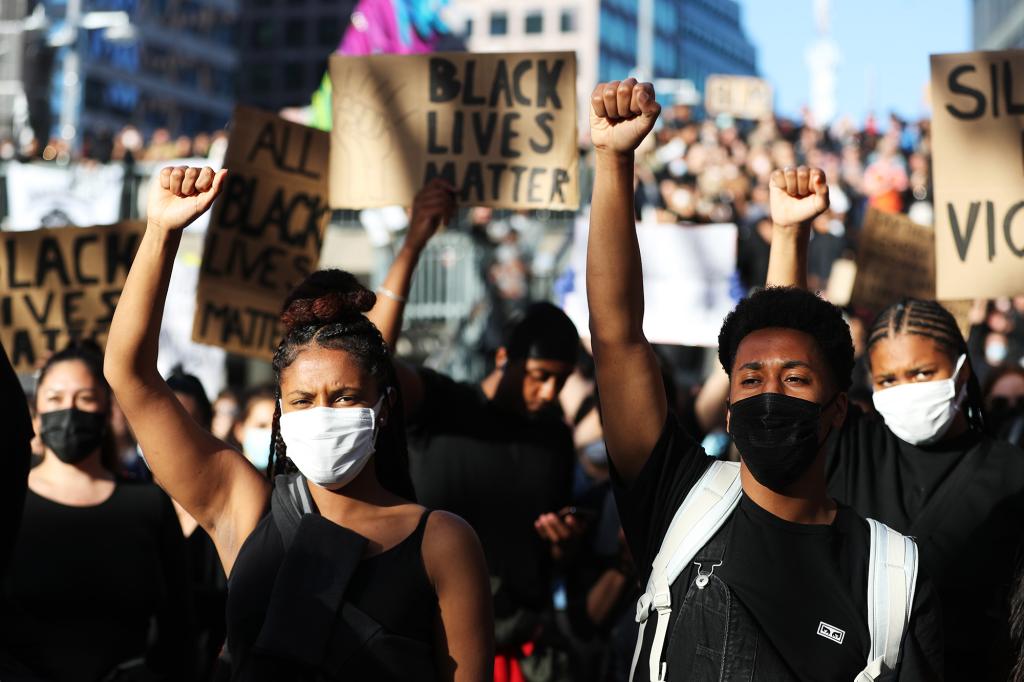The fourth anniversary of George Floyd’s death in Minneapolis is approaching, and the city has not fared well since then due to anti-police policies. After Floyd’s death, riots devastated a several-mile-long stretch of Lake Street, leading to the destruction of businesses and the Minneapolis Police Department’s Third Precinct station house. Today, Lake Street is lined with homeless encampments and crime rates remain high due to police understaffing caused by lack of public support and attacks from the city council.
The economic and social impact of the 2020 riots in Minneapolis has been significant. Businesses have abandoned the city, downtown remains a shadow of its former self, and the University of Toronto has ranked Minneapolis 64th out of 66 North American downtowns in terms of post-2020 recoveries. The office vacancy rate in downtown Minneapolis is high, indicating a slow recovery from the events of 2020. As of now, the city’s future looks uncertain.
Despite the challenges faced by Minneapolis since 2020, there is some hope for the future. In 2020, Hennepin County elected a county attorney who has been tough on law enforcement. When State Trooper Ryan Londregan was indicted for second-degree murder after fatally shooting a wanted criminal in self-defense, the public reaction was different than in the Floyd case. There has been massive support for law enforcement, signaling a potential shift in attitudes and policies that could make Minneapolis a more desirable place to live.
When John Hinderaker moved to Minneapolis in 1974, the city was thriving and attracted young people from across the country. Today, the city is experiencing a decline in population and economic activity. The current state of Minneapolis is a far cry from its vibrant past, with shrinking neighborhoods, high crime rates, and struggling schools. The hope for the future lies in potential shifts in attitudes towards law enforcement and a rekindling of the city’s appeal to residents and businesses alike.
In conclusion, the impact of George Floyd’s death in Minneapolis four years ago has been far-reaching and largely negative. The city has struggled with anti-police policies, high crime rates, economic decline, and a slow recovery from the events of 2020. However, there is some hope for the future, with potential shifts in attitudes towards law enforcement and policies that could improve the city’s prospects. As Minneapolis grapples with its challenges, it remains to be seen whether it can overcome its current struggles and return to its former status as a vibrant and desirable place to live.


